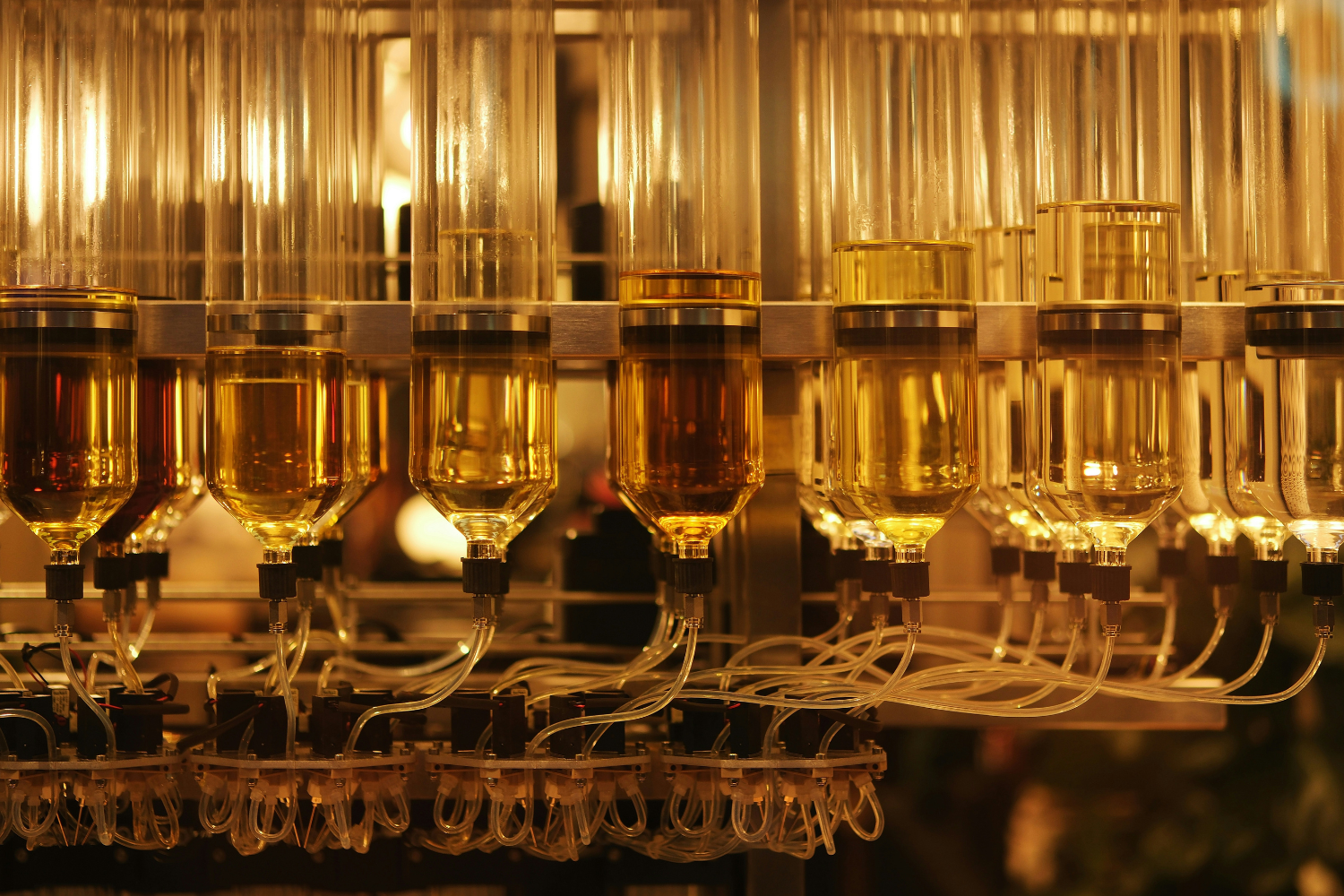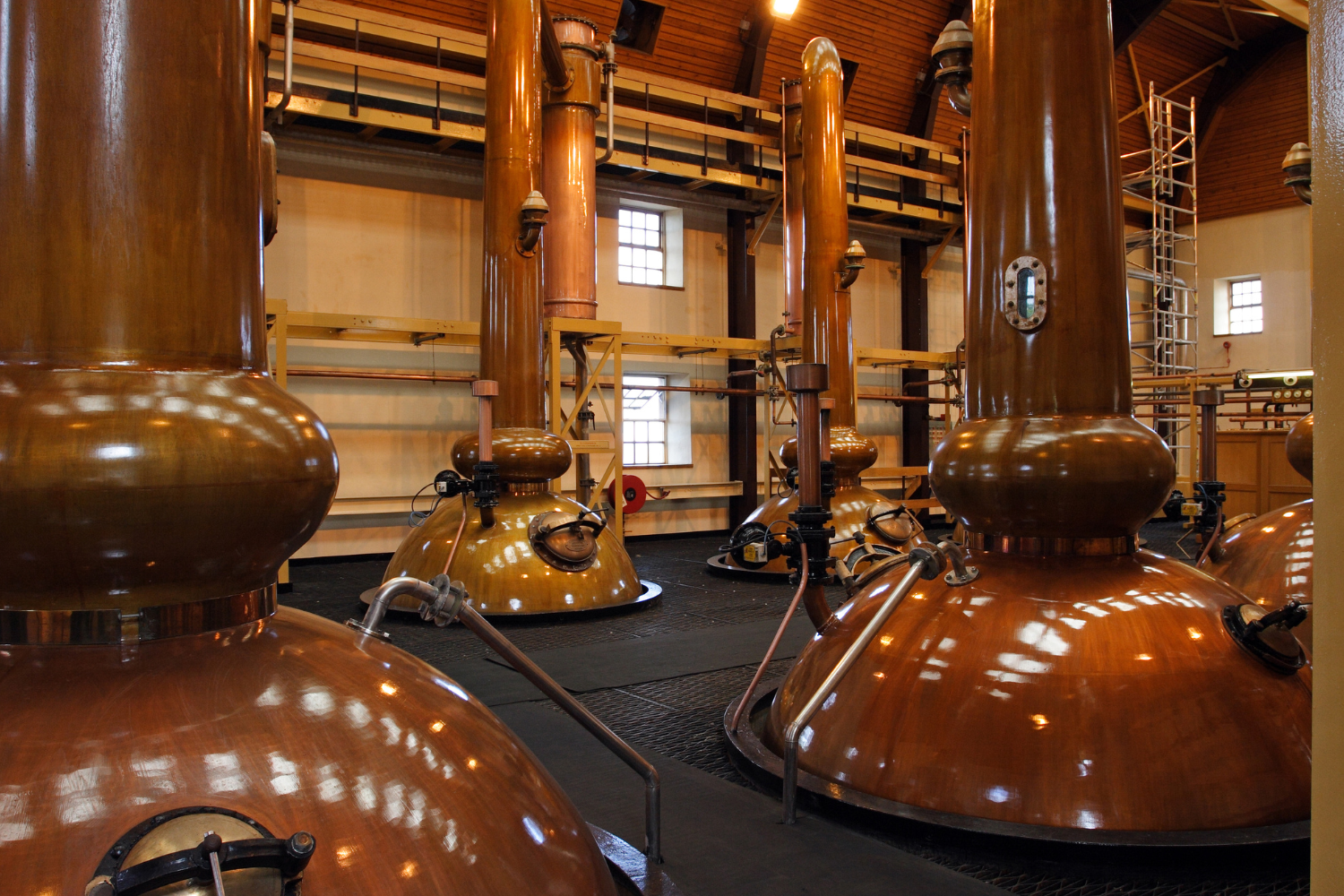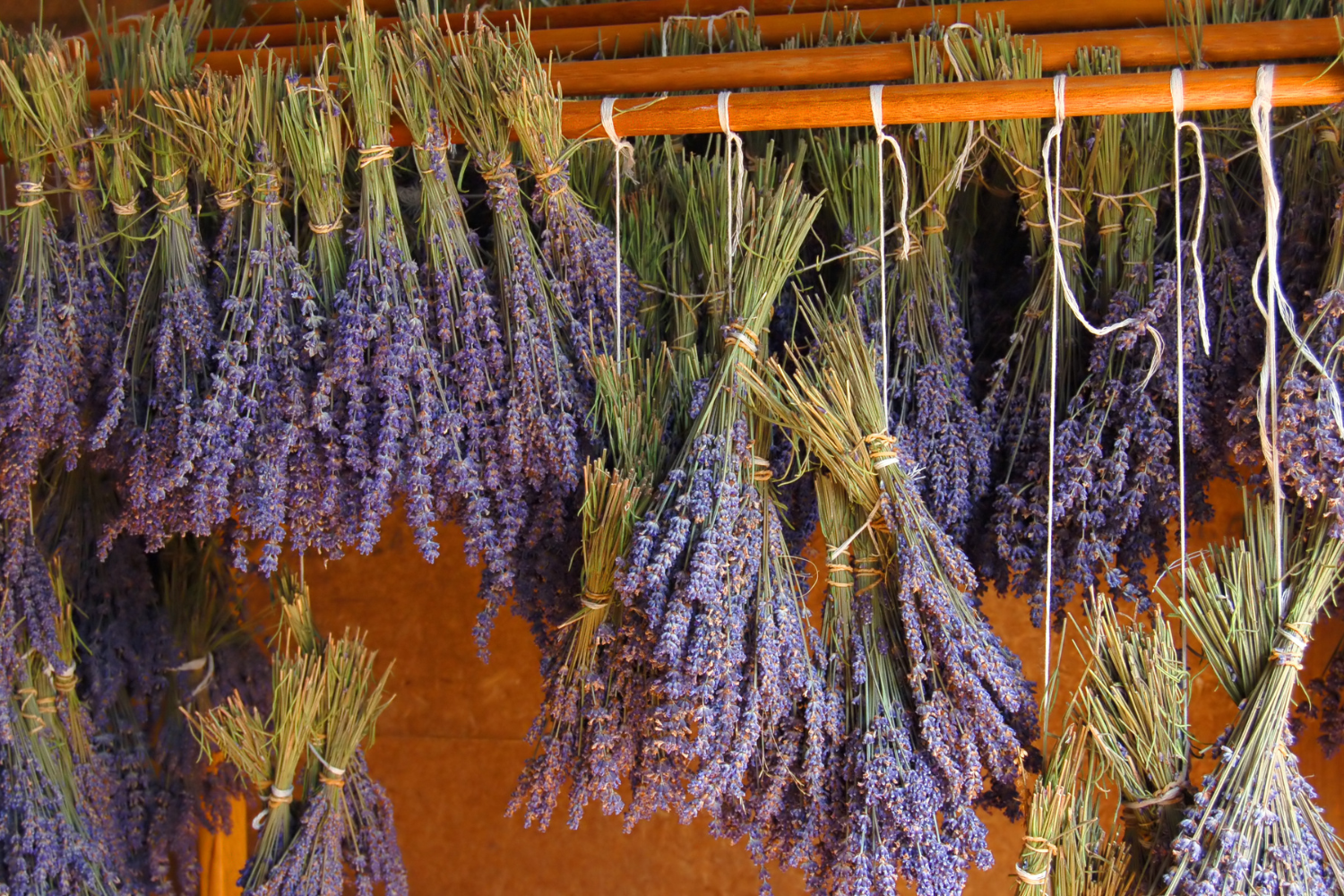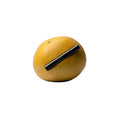
How is perfume made
Historically, perfumers combine natural extracts like essential oils and absolutes, or synthetic aroma chemicals, to create mass made fragrances. These fragrant components are then dissolved in perfumer's alcohol, also known as denatured alcohol, for even distribution. The fragrance then rests and matures, its scent evolving into the final perfume.

What is perfume made of? Essential oils or synthetic fragrance
Natural fragrance is made with the essence of plants, flowers, fruits, trees and leaves. Synthetic fragrance, however, can be made up of thousands of different toxic chemicals including aldehydes, esters, and ketones, all of which are used to replicate natural scents or create entirely new ones. These are often derived from petrochemicals.

Absolutes
In natural perfumery, absolutes are used as they are richer and more complete extracts than essential oils. They are often obtained through solvent extraction and prized for their ability to capture delicate floral nuances in perfumes. On the other hand, synthetic fragrances achieve their scents through a combination of various aromatic petrochemicals. These can be aldehydes, esters, ketones, and lactones, each creating an imitation of natural scents but nowhere near as full bodies as their natural counterpart. They don't rely on extracting pre-existing aromatic compounds from plant materials.

Perfumers Alcohol
Perfumers alcohol, otherwise known as denatured alcohol, serves as the invisible carrier, ensuring even distribution of the fragrance oils. Natural fragrance brands may use a plant-based alcohol instead of denatured alcohol, due to the lack of transparency on what’s in ‘denatured alcohol’ and the health risks associated with denatured alcohol including non-reproductive organ system toxicity among others.
Fixatives
Fixatives extend a perfume's longevity by hindering evaporation. Natural fixatives can be derived from plants, while synthetic chemical options are prevalent as well. Common types of synthetic fixatives include nitro and polycyclic musks, along with aromatics and synthetic polymers, all of which are linked to environmental issues, allergic reactions and even more serious health risks.
What Are PFAS Chemicals
PFAS stands for Per- and Polyfluoroalkyl Substances. An umbrella term encompassing a large group of lab-made chemicals with similar structures. PFAS are man-made chemicals employed in various industries, and commonly known as ‘forever chemicals’ as they do not break down in the body or environment over time. PFAS pose serious health risks, with research linking these chemicals to behavioral and considerable health risks.
You may also encounter specific PFAS chemicals like PFOA (Perfluorooctanoic Acid) and PFOS (Perfluorooctanesulfonic Acid), with short-chain and long-chain variations influencing environmental and bodily behavior.

Are PFAS found in perfumes?
PFAs are present in some synthetic fragrances. EWG’s Skin Deep cosmetics database contains hundreds of fragrance products made with ingredients we consider to be highly hazardous, such as the toxic “forever chemicals” known as PFAS, artificial coloring and preservatives.
Learn more via The Food and Drug Administration (FDA) https://www.fda.gov/food for US based laws, or in Australia, the Therapeutic Goods Administration (TGA) https://www.tga.gov.au/
How to avoid PFA & PFAS chemicals
Choose Natural Perfumes. Natural perfumes typically avoid synthetic fragrance ingredients and are less likely to contain PFAS. Some fragrance companies prioritize ingredient safety and may disclose detailed information about their fragrance ingredients. Only use brands that provide full ingredient disclosure (hot tip: perfume ingredient lists should contain 15+ ingredients).
What Chemical Makes Perfume Last Longer
The longevity of a perfume is influenced by a confluence of factors, including the concentration of fragrance oils and the types of fixatives employed.
Concentration
Eau de Parfum (EDP) boasts a higher concentration of fragrance oil (15-20%) compared to Eau de Toilette (EDT) (5-15%), resulting in greater longevity.
Fixatives
Specific fixatives, both natural and synthetic, are renowned for extending a perfume's lifespan. Natural Fixatives are traditionally derived from plants (resins, balsams) or animals (musk), these can be expensive or have ethical concerns (in the case of animal products). Common types of synthetic fixatives include phthalates, parabens, nitro musks, polycyclic musks, specific aromatics, and synthetic polymers. All of which have very significant safety concerns.



